7 Signs Your Roof May Need to Be Replaced or Repaired
7 Signs You Need a New Roof
Your roof is one of the most critical components of your home. It protects you and your family from the elements and maintains the structural integrity of your living space. Over time, however, wear and tear can necessitate a replacement.
Here are seven warning signs that indicate it might be time for a new roof:
- The age of your roof
- Missing or curling shingles
- Water stains on your ceiling
- Moss or mold growth
- Sagging roof deck
- Granules in your gutters
- Higher energy bills
1. Age of the Roof
Traditionally, asphalt roofs have a lifespan of 20-30 years, while metal roofs can go up to 50 years or more. If your roof is approaching or has exceeded its expected lifespan, it's wise to start planning for a replacement. Even if it looks fine, age alone can compromise its effectiveness. This all starts with a roof inspection to assess the status of the materials and plan a course of action. And with modern materials, all major roofing manufactures now offer asphalr shingles with a 50 year warranty.
2. Missing, Damaged, or Curled Asphalt Shingles
Look for shingles that are missing, curling at the edges, cracked, or showing signs of buckling. These warning signs of roofing issues often indicates that the shingles are nearing the end of their life or have been damaged by weather conditions like high winds or hail. Roofing granules in the guttering are a sure first sign that the roof is deteriorating. A roof inspection will quickly identify all roofing issues and recommend a path for keeping your home protected from the elements.
3. Leaks and Water Stains
Water stains on your ceiling or walls, especially after rain, are clear warning signs of a roof leak. Water is the enemy of your home. A leaky roof can occur due to missing asphalt shingles or roofing tiles, damaged flashing, or general deterioration of the roofing material. Check your attic for signs of water damage or mold, which might not be visible from the ground but could cause significant issues.
4. Sagging Roof
A sagging roof is a warning sign of structural damage, often due to water damage or inadequate support. Often attributed to a leaky roof, sagging could mean the roof decking or rafters are compromised, which would require immediate structural attention beyond just a replacement of the outer roofing materials.
5. Excessive Moss or Algae Growth
Moss and algae thrive in damp environments, which could indicate poor ventilation or constant moisture on your roof. While some algae growth can be treated, extensive coverage might mean the roof's protective layer is gone, allowing for moisture penetration and water damage. Besides being unsightly, moss can retain moisture, accelerating the deterioration of roofing materials such as the asphalt. A roof inspection will identify poor ventilation in the attic that may contribute the moss or algae growth.
6. Energy Efficiency
If your home feels hotter in summer or colder in winter than usual, your roof might be losing its ability to insulate effectively. This could be due to age, where natural degradation has affected the roof boards, roof deck, and roof shingle's ability to reflect heat or keep out cold air has diminished. Monitoring the energy usage in your home can help indicate the need for a roof replacement.
7. Crushed Stone Granules in the Gutter
Another sign is the accumulation of shingle granules in your gutters or at the base of your downspouts, which suggests the shingles are wearing down. Asphalt shingles are coated with crushed stone granules to protect asphalt against UV rays. If you find these granules in your gutters, it's a sign that the roof shingles are wearing down, exposing the asphalt to the elements, which can lead to deterioration of the underlying asphalt.
Are any of the signs above plaguing your roof? Call our team at Master Roof for a consultation to learn more about next steps for your roof repair.
